Forum Discussion
66vdub
Jun 19, 2016Explorer II
Not sure if you need or not...
Here are pics of my set up on my 1987 Honey.
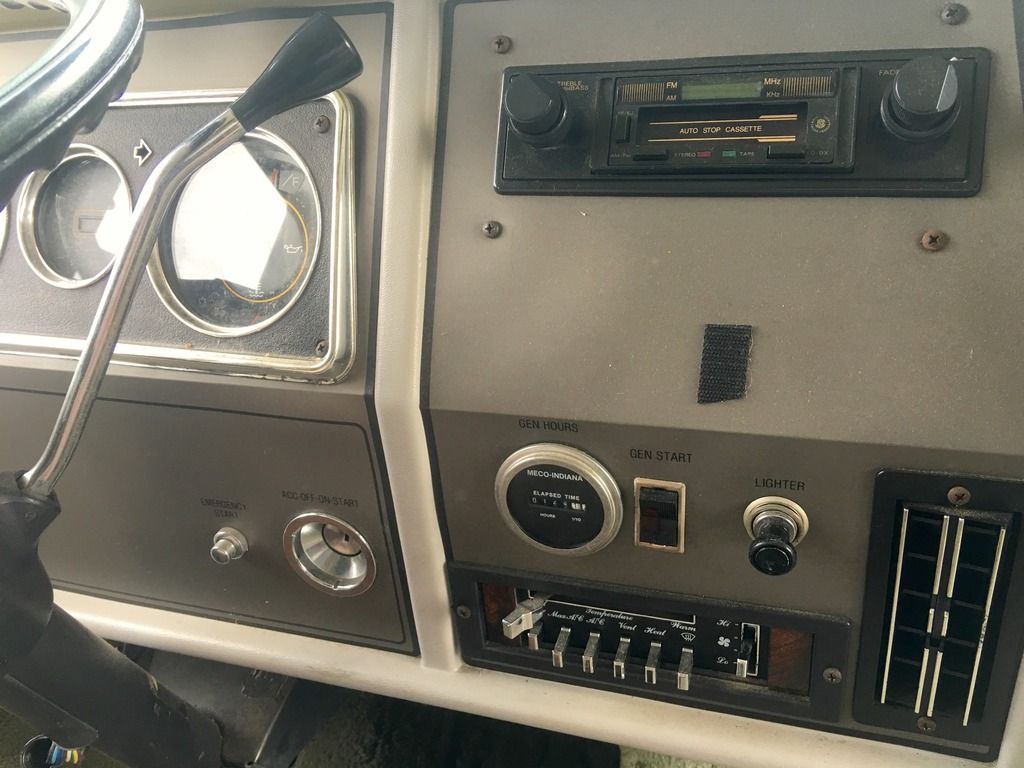
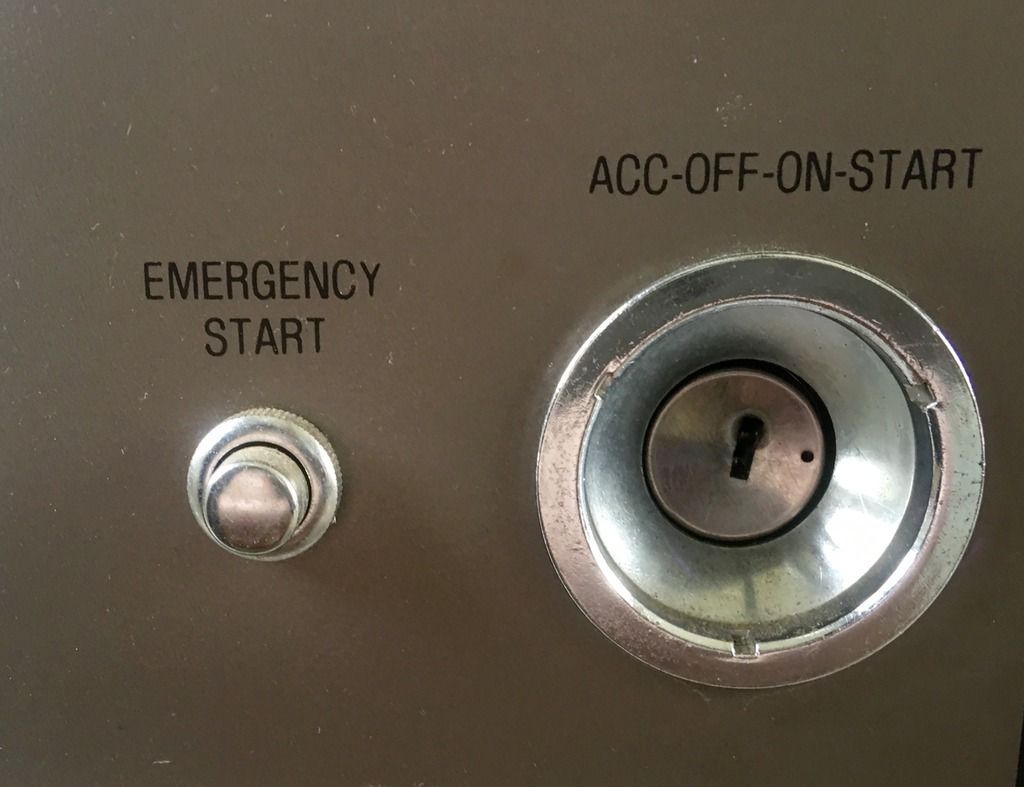
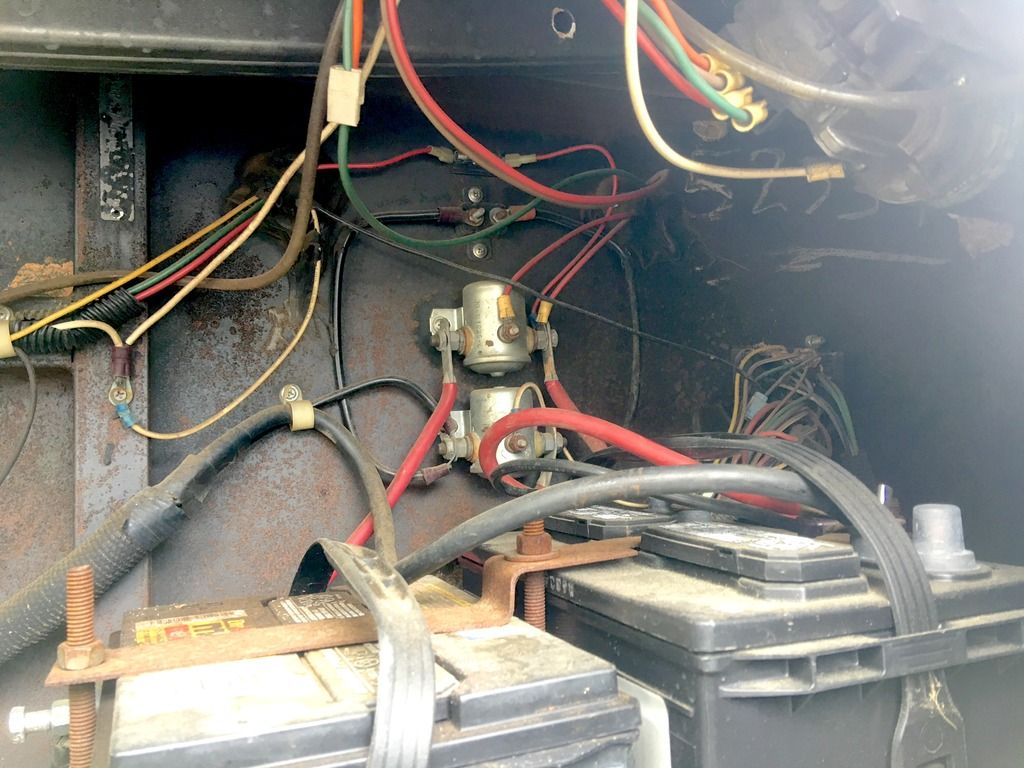
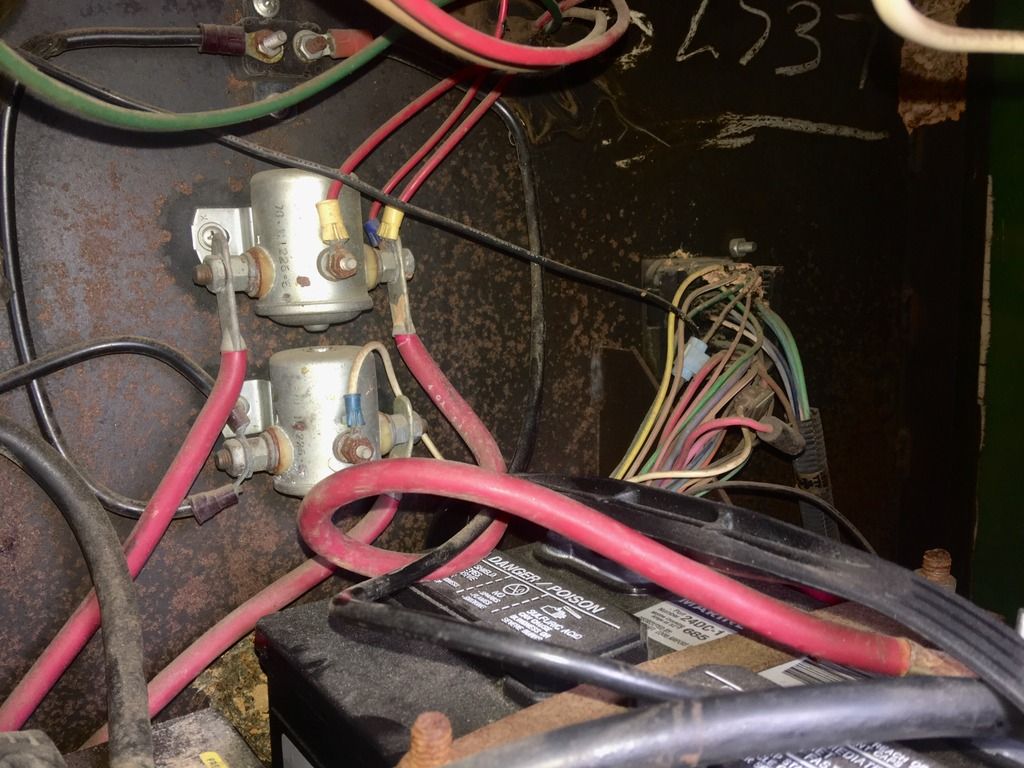
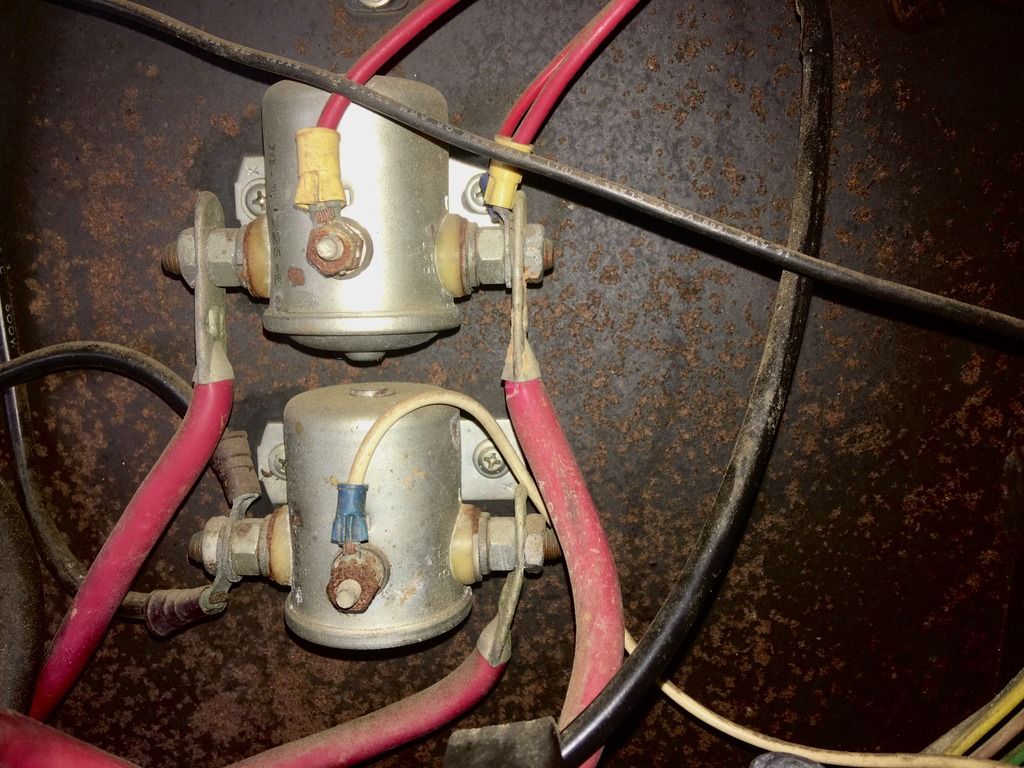
Here are pics of my set up on my 1987 Honey.





About Technical Issues
Having RV issues? Connect with others who have been in your shoes.24,344 PostsLatest Activity: Dec 24, 2025